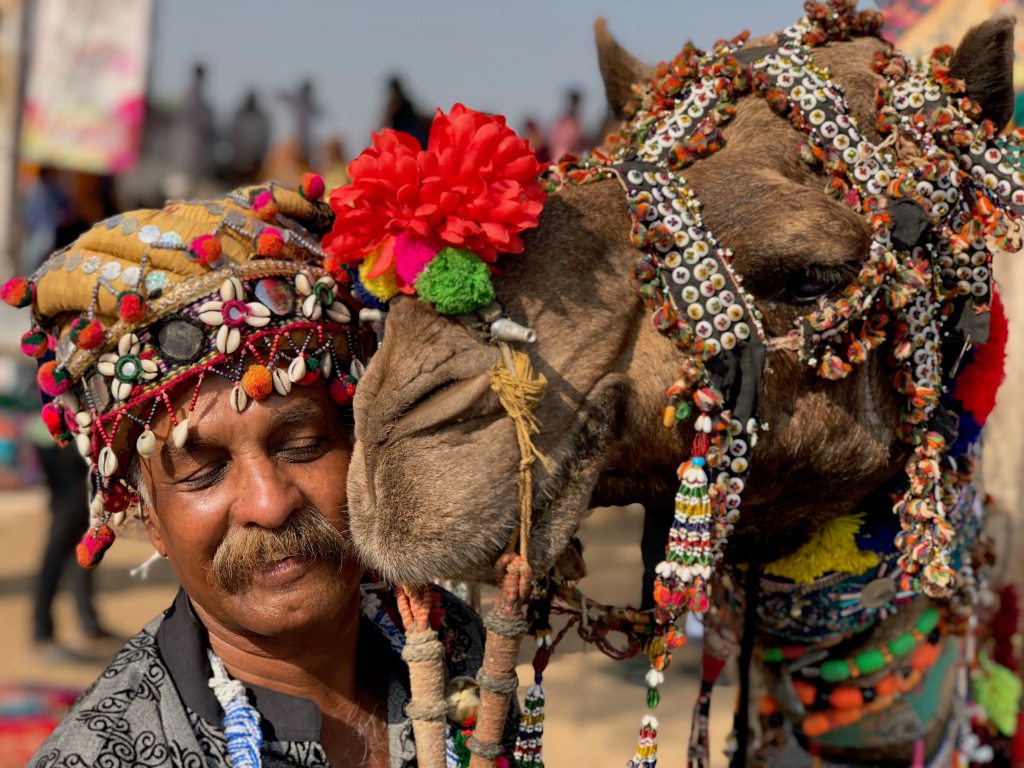It’s a suffocating 33 degrees in the holy town of Pushkar, but the five men seated before me are dressed in full suits with serious looks on their faces. They were judges in what’s become the main event of the largest livestock market in all of India—the camel pageant.
The camels themselves are a technicolor desert dream of ornate rugs, fuzzy pom poms, polished sea shells, glittering jewelry, and little umbrellas. The crowd is an eclectic mix where sunkissed lifestyle bloggers and giggling Instagram stars rubbed elbows with religious pilgrims and camel traders. And then there are the stone-faced decision-makers sitting there with the air of a bored reality TV star judge who’s seen it all before.
Videos by VICE
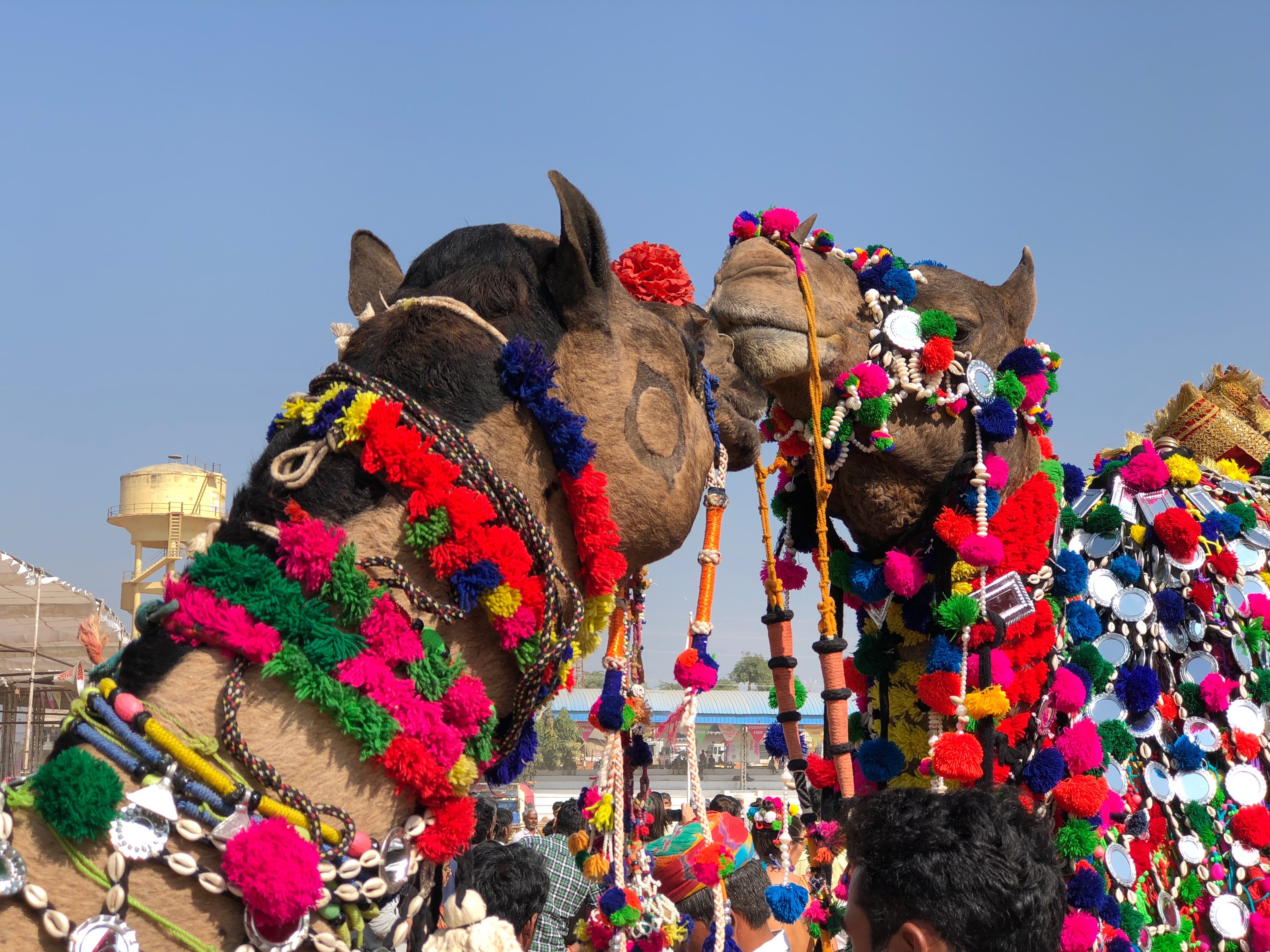

As the first camel emerges, the men look unimpressed. They munch on tiny cookies and sip cups of masala chai. The odd comment is exchanged, but their faces give away nothing.
In the end, the best-looking beast will fetch the highest price at market. What do people even look for in a camel pageant? The competition is steep, the mood tense, and I… well… I am totally lost. It’s unclear exactly what the judging criteria is—not to mention what qualifies a camel to compete in the first place—but it seems the visuals are only half the battle.
One camel is clearly just a blatant marketing ploy: A modest fella whose only decor is a promotional message shaved into the hair on his side. Another has been trained to do a weird little dance. Whoops and cheers echo around the crowd as he lollops along and bares his gnarly teeth in a grin. Dental work clearly isn’t a priority when it comes to camel beauty contests.

At the center of all this action is Ashok Tak, a renowned camel master who spends his days traveling the breadth of India to spread the good word about the art of camel decoration. His camel, Raja, has won the camel pageant consistently for the past 11 years.
After the camels complete their runway walk, Tak hands Raja’s reigns to his young apprentice, swoops in and begins gesticulating wildly in front of the judges. They look mildly annoyed but it seems like this isn’t the first time they’ve had dealings with this particular camel man. I guess every industry has its characters, right?
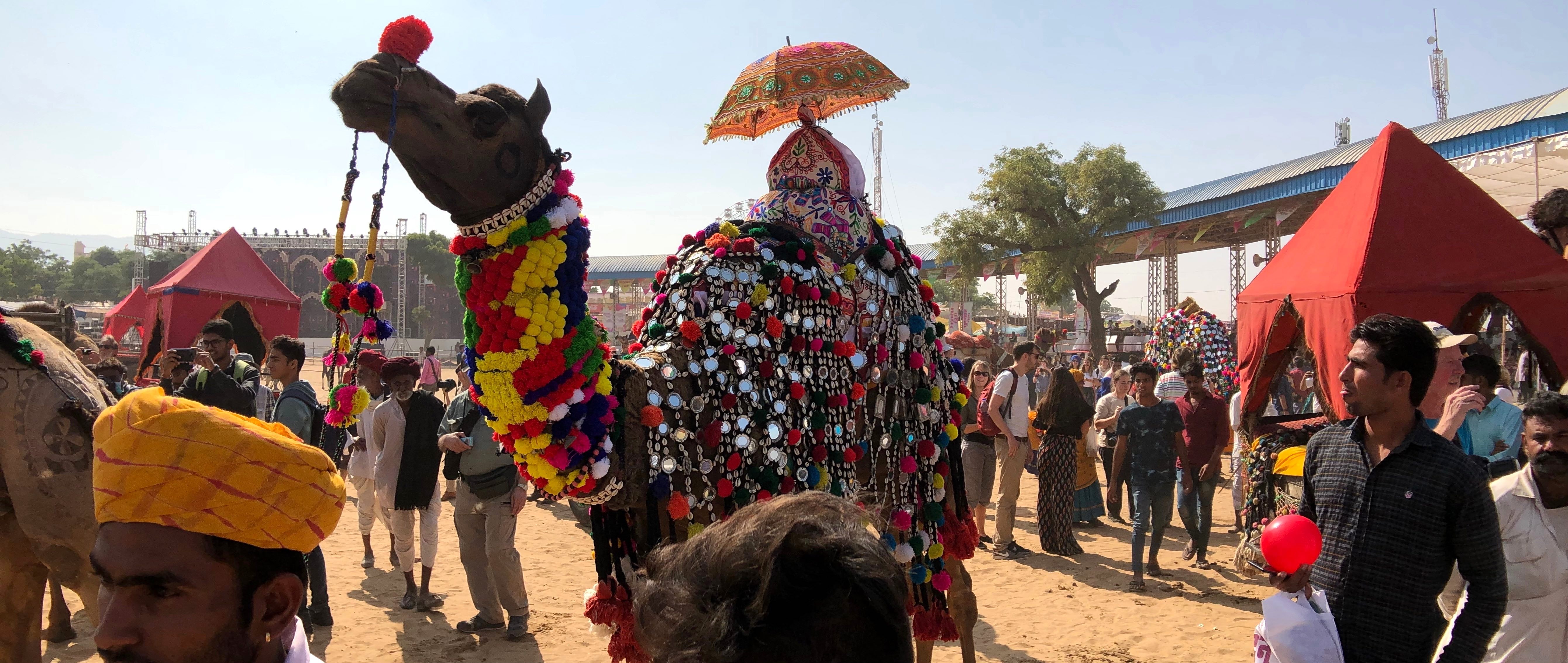
Fifteen minutes later, the results are in. The news isn’t good for Raja. Some upstart with a glitzy umbrella sewn into his saddle has stolen this year’s title. Tak quickly emerges with a loud speaker, positions himself atop Raja, and addresses the crowd.
“I gave away my prize so somebody else would have a chance,” he says. “So, please, give me a different honor: Dedicate yourselves to the importance of camels in our society! Work with me to keep the ancient tradition of camel decoration alive! Share your photos on Facebook!”
He spends the next hour posing for selfies with bindi-wearing tourists, while his apprentice does the hard work of selling camel rides on the now dethroned Raja. It’s unclear whether Raja was ever truly on the path to win the competition for a twelfth year, but I also don’t think Raja really cared.

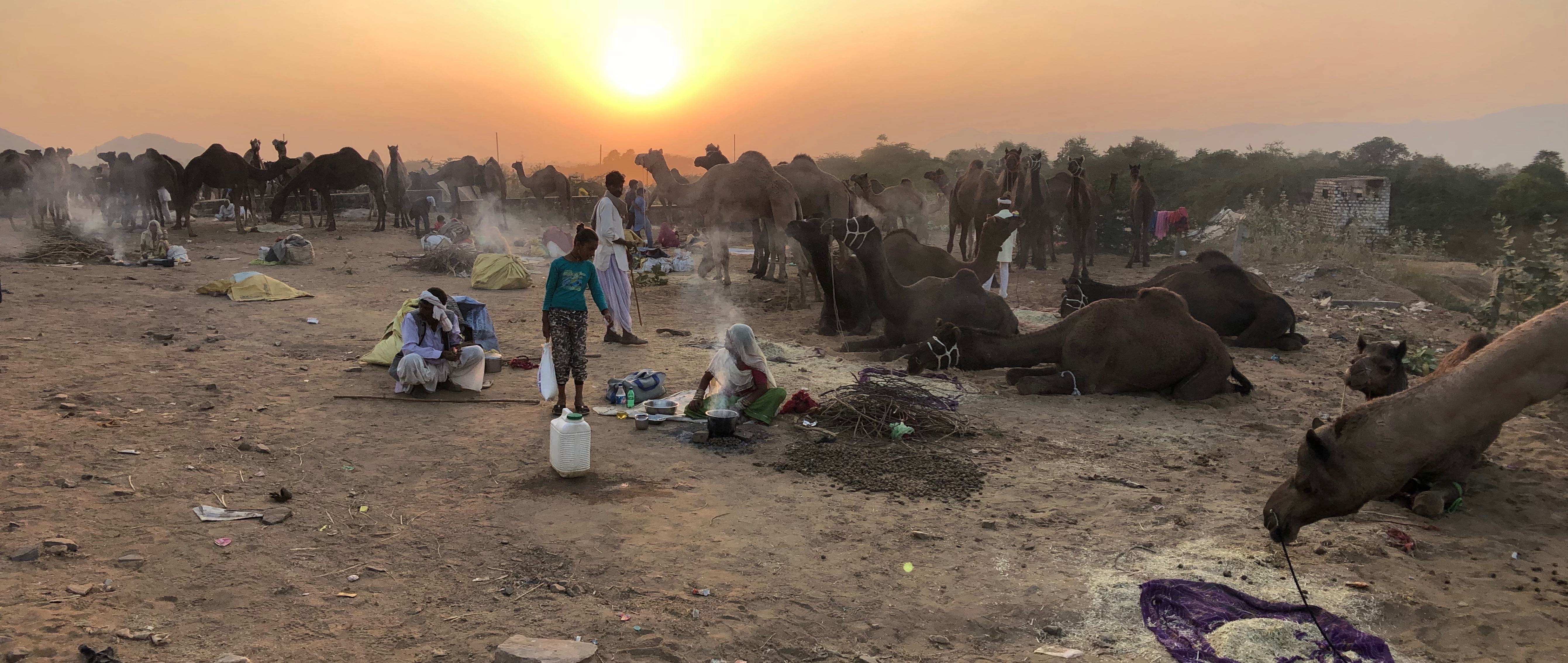
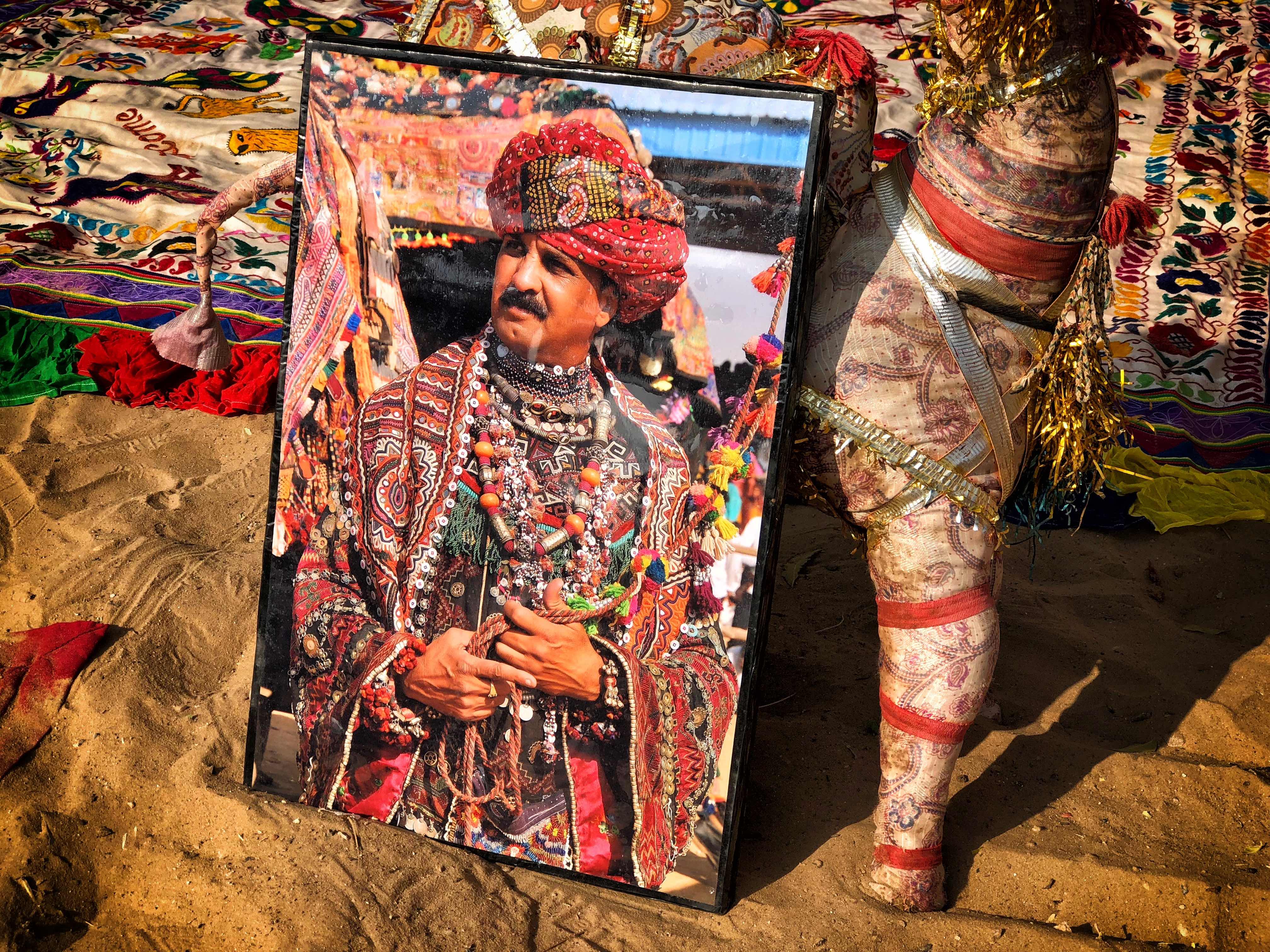

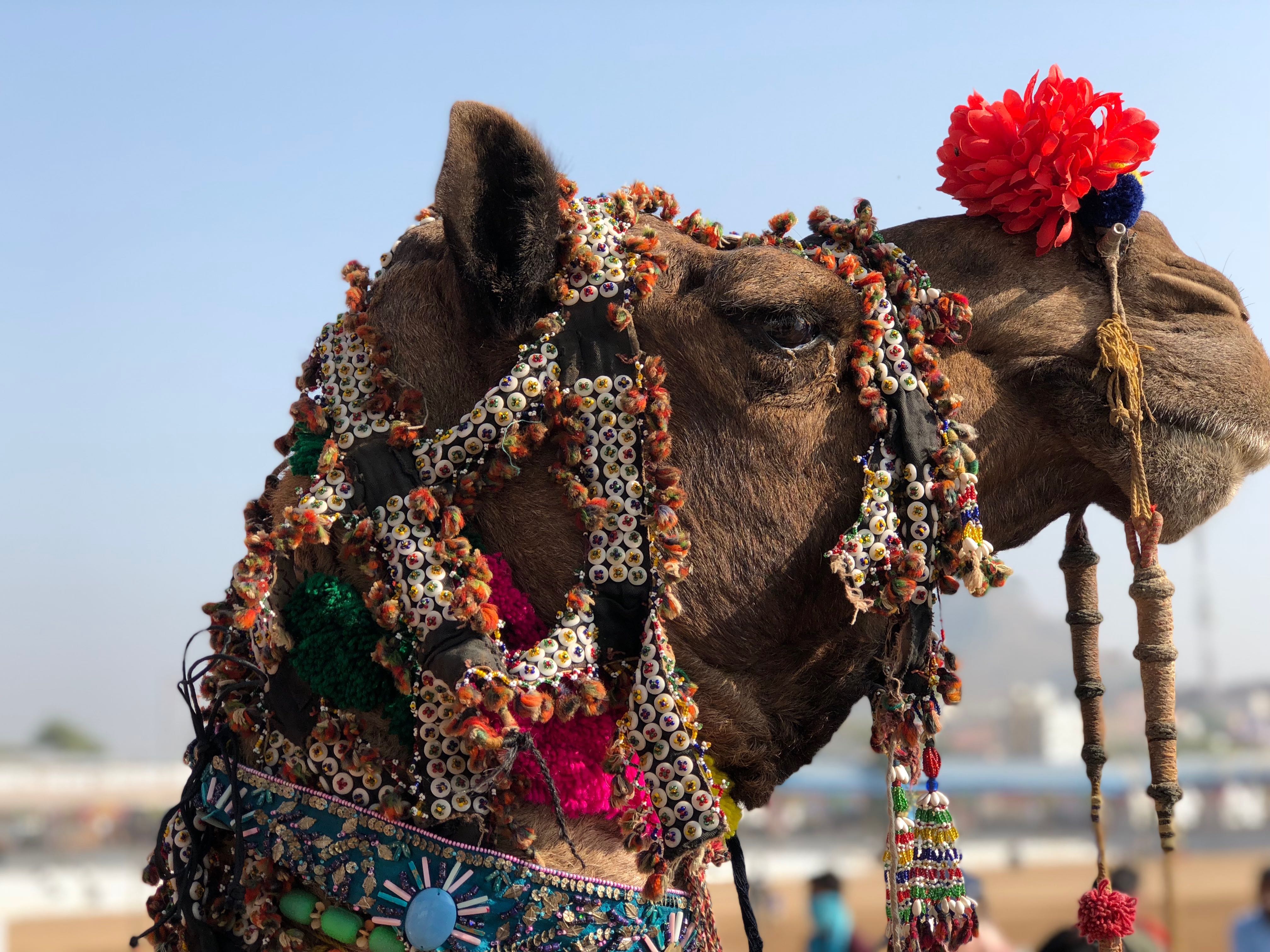
Lauren Razavi is a writer and digital nomad. Follow her on Twitter (@LaurenRazavi).
Matt Allen is a photographer currently based in India. Follow him on Instagram (@instamattical).
More
From VICE
-

Photo by FatCamera -

Screenshot: Grinding Gear Games
